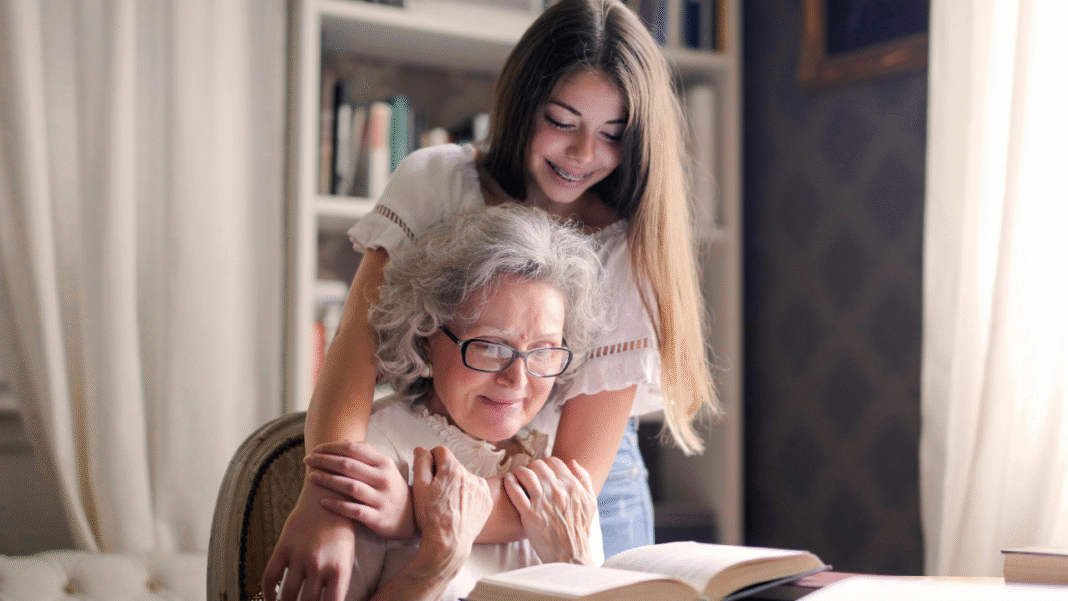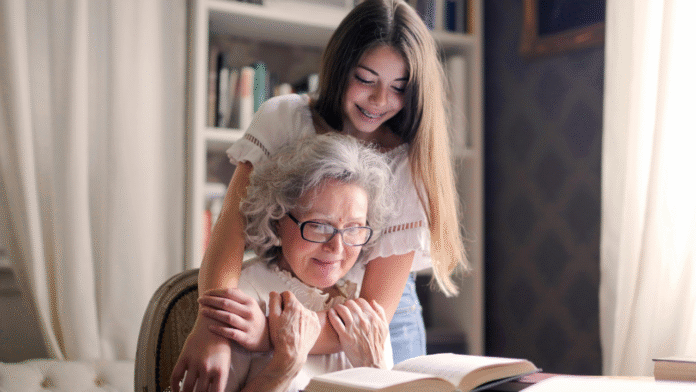Healthcare (Commonwealth Union) – Human contact has always been a key element of human existence. The need to interact and share various aspects of an individual’s life has been a key for people across the world and among all age groups.
The elderly, however, in most industrialised countries who have fewer interactions with family members have often felt the impact of loneliness to a greater extent, often leading to severe consequences for their health.
Research looking into the blue zone which includes Okinawa in Japan, Sardinia in Italy, Nicoya in Costa Rica, Ikaria in Greece, and Loma Linda in California, which are areas with the largest number of people living over 100 years. Some of the key factors contributing to their longevity and good health included a healthy diet, an active lifestyle, and great social interactions, wherein, in many cases, elders do not feel separate from the rest of the community and are actively engaged with others.
Focused and comprehensive health and wellbeing programs play a vital role in reducing loneliness among retirement village residents, according to findings from the Bolton Clarke Research Institute and Monash University.
The study, published in BMC Geriatrics, drew on survey data from 1,178 residents across 24 retirement communities as part of Bolton Clarke’s Health and Wellbeing in Retirement Living initiative.
Researchers discovered that nearly 20% of participants reported feeling lonely. Key contributing factors included low mood, living alone, cognitive difficulties, physical pain, and recent hospital admissions or falls. Among the 60% of residents who lived alone, one in four said they often felt lonely.
Researchers of the study pointed out that a positive sign was that, those who had been living in a retirement village for at least a year were only half as likely to experience loneliness when contrasted with newcomers.
The study further noted that residents living with pain were twice as likely to feel lonely, while those who had suffered one or more falls in the previous year faced an increased risk. More than half of the residents who reported loneliness also mentioned memory concerns or conditions linked to memory loss, such as dementia.
Georgina Johnstone, the lead author from the Bolton Clarke Research Institute, indicated that a major motivation for many people moving into retirement villages is the hope of building stronger social ties and reducing feelings of loneliness.
She indicated however, that the move itself can interrupt established friendships, making it necessary to rebuild support systems.
Ms Johnstone further indicated that their findings indicate that recognizing why residents choose retirement living and providing tailored orientation and support during their first year could significantly enhance their overall wellbeing.
She stated that people who were frail or who had poor health could also find it harder to build up social links.
Encouraging residents’ physical wellbeing through group activities such as fall prevention workshops and cognitive health programs may help foster stronger engagement, lessen feelings of isolation, and lead to better health outcomes.
Transforming retirement villages into community hubs that encourage connections both within the village and with the broader community, creating environments that invite social interaction, and exploring social prescribing approaches that link people to non-medical services were also highlighted as effective strategies.
Ms Johnstone indicated that tailored, comprehensive support is essential, especially as retirement living increasingly focuses on promoting healthy ageing through a mix of home-based care and both formal and informal support networks.
The co-author Adjunct Professor Judy Lowthian from the Monash University, School of Public Health and Preventive Medicine says “Loneliness is a growing public health priority world-wide, with negative impacts on physical health and wellbeing. Prevalence varies, influenced by measurement tools and geographical location, but loneliness affects up to one in four older Australians.”
“Awareness and understanding the risk factors enables us to codesign and implement targeted programs to support social connection, thereby optimising health and wellbeing in a holistic way.”







